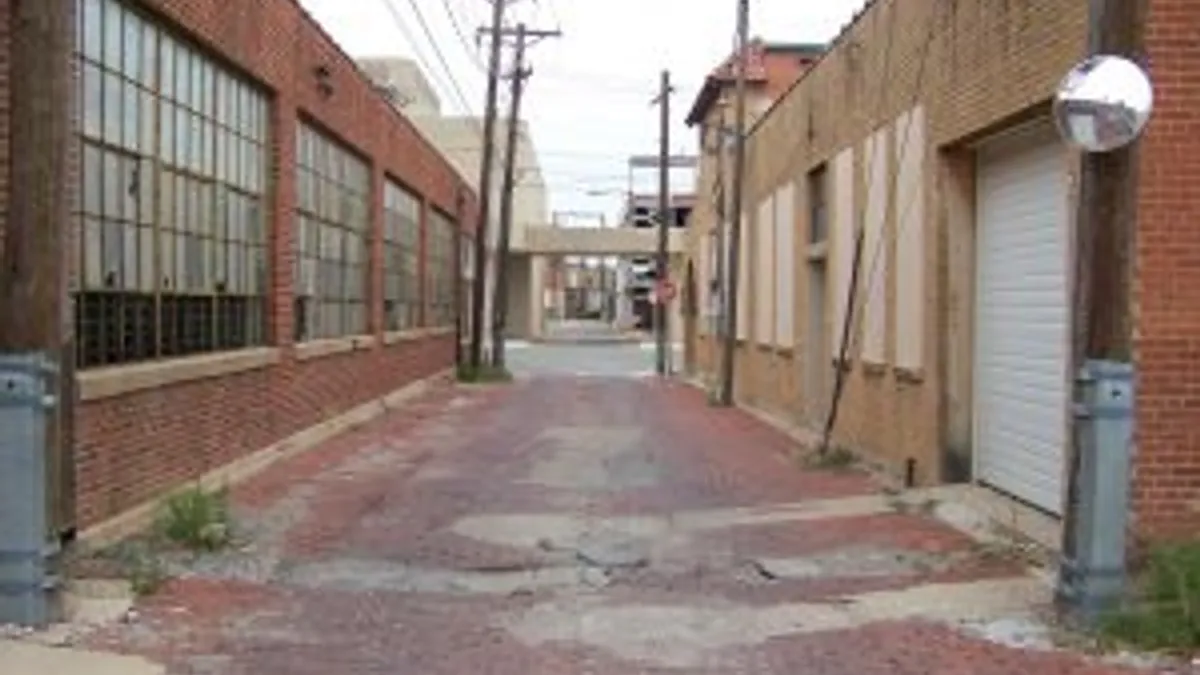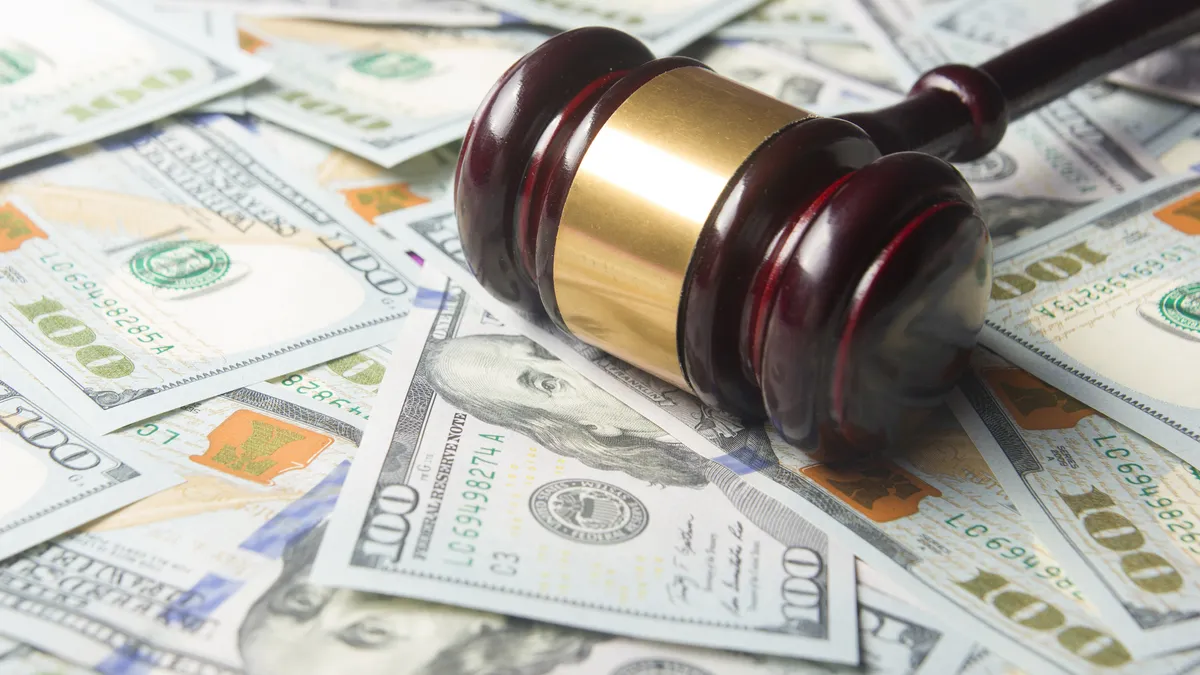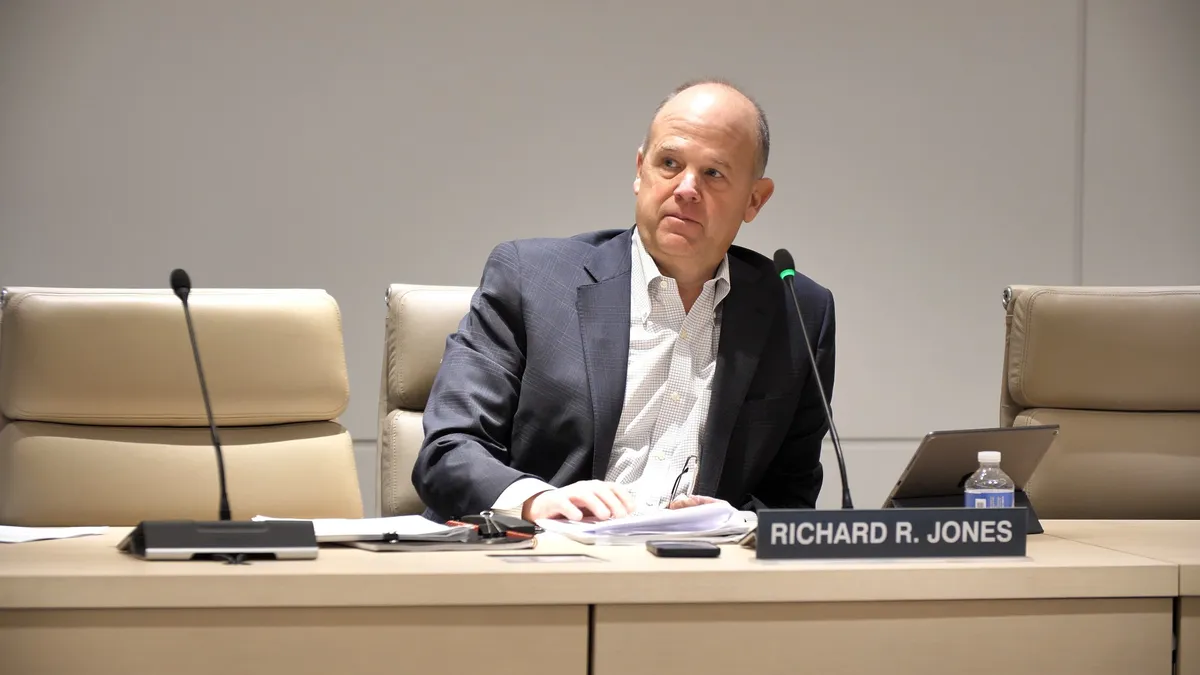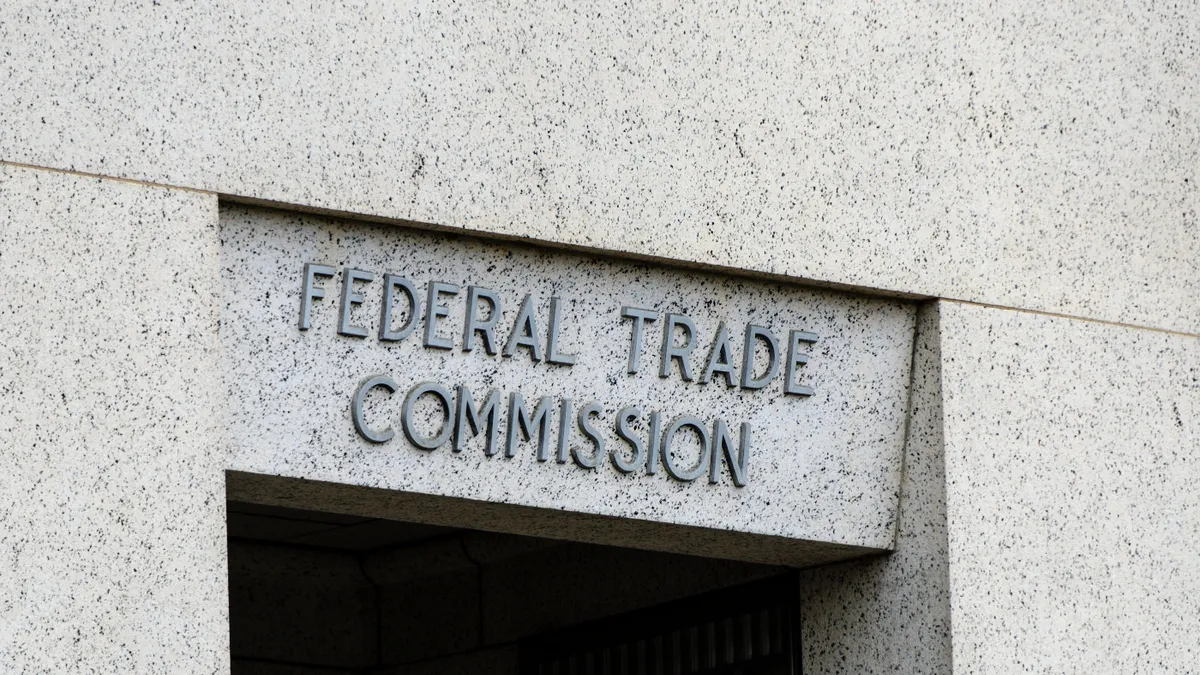You might consider your annual property tax bill a fixed cost. But if your business is buffeted by technology or other disrupters, it might be time to appeal your assessment on the grounds your property value has been reduced by external obsolescence, property tax specialists said this week in a CFO.com webinar.
A multilevel marketing company, which thrived in the 1980s by relying on stay-at-home mothers holding events for other stay-at-home mothers to sell products, reduced its tax bill by $3 million by showing changing consumer behavior reduced the value of its property, both its physical plant and its equipment, Anne Sheehan, CEO and founder of Real Property Tax Advisors, said.
"It was an inequity of people against the original business model," said Sheehan. "That had changed tremendously."
The company’s facility assessment had increased from $15 million to $36 million, even though it was using only a fraction of the space it used when its business was at its peak, Sheehan said.
What’s more, much of its equipment was no longer used. Instead, the company had built an online platform to generate sales since it could no longer count on the stay-at-home business model.
"That left this company with an 800,000 square-foot building that was [no longer] full of people serving" stay-at-home moms, she said.
Sheehan said the company was able to show, using market data, its own internal numbers, and outside analyses that changing consumer behavior meant its property was nowhere near the value the reassessment had put it at. As a result of the company’s appeal, the assessment was changed, its tax bill reduced by $3 million, and it was paid lost interest income.
External disrupters
Sheehan said there are four broad categories of disruption that can lead to external obsolescence of your property: technology, consumer behavior, single-product providers, and city and state tax assessor pressure.
A Los Angeles-based lithographic printing company with which Sheehan worked said its property was obsolete because changes in technology decimated its business model; few companies use lithographic printed material anymore.
"We looked at the operating equipment efficiency ratios," she said. "We looked at sales, pricing, capacity, how much were they producing in the size of building they’re in, probably less than half of what the building was built for. You put all that together and create an analysis."
Sheehan said the company got its property tax bill reduced by $250,000 and was awarded lost interest income, which amounted to another 2-3%.
Reliance on a specialty
Single-product providers can face obsolescence, too. Sheehan sees this especially in food manufacturing, with the dairy industry hit particularly hard by the rise in plant-based substitutes.
A milk producer she worked with got its tax bill reduced by almost $9 million by showing how plant-based products had cut into demand to such an extent that it was using only a fraction of its plant and equipment.
"We built a giant team," she said, "from our company, engineers from the dairy, real estate appraisers, and equipment valuation experts. Equipment doesn’t just sell like a building. It only sells at an auction level, so [you need] a different level of expertise. By bringing the whole team together, we created a holistic picture of the entire property, and could identify what was being affected, and by how much."
Sheehan said the company convinced the appeals board to award it a 22% external obsolescence adjustment on all of the machinery and equipment. "That calculated out to an $8.5 million refund," she said.
Aggressive assessments
Hard-pressed state and local jurisdictions are also a big part of overly rich assessments, Sheehan said.
A handful of years ago, changes in government accounting standards required cities and states to include unfunded pension and other employee benefits on their balance sheets. The new standards had a cascading effect and hit many jurisdictions hard, including forcing a number into bankruptcy.
One of the results of that is a new aggressiveness among jurisdictions to get as much tax revenue from property as they can.
"It has become the norm for assessors to adopt an aggressive assessment practice," she said. "They’re coming up with assessed values that are not always obvious or even available to us as to how they got to the number."
She pointed to Springfield, Illinois, as an example. The city was forced to devote all of its property tax collections to meeting its pension obligations, which left no money for operating expenses.
New York City, Chicago, Honolulu, Philadelphia and New Orleans are the top 5 cities struggling to pay their bills under the new accounting standard, she said.
Legally, in all 50 states, property taxes must be based on a fair market value calculation. That requirement should form the basis of your argument to the appeals board if you feel the assessor is setting an overly aggressive valuation.
"State law requires a fair market value," she said. "That is fee simple. What is the value of that asset if you own it outright? Contract rent is not fee simple value ... People think property taxes are a fixed cost; they’re not. You can appeal them."




















